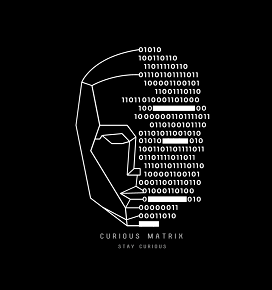
Worldwide, around eight in ten people today identify with some form of religious group. And it has always been this way—most people find comfort in believing in something.
Long before modern civilization, people gathered around fires, whispered prayers to unseen forces, and built temples to gods they believed controlled the universe.
Some of these beliefs faded, but others survived, growing into traditions (and big organizations in some cases), practiced worldwide.
However, this list isn’t about which religion is “right” or “wrong.” It’s about the oldest—the ones that have stood the test of time, outlasting empires, countries, and almost everything else on Earth.
Some have changed brutally, but some have stayed remarkably close to their ancient roots.
So…
Let’s see which religions are the oldest ones.
Age of the Oldest Religions

| Religion | Estimated Age (Years) |
| Hinduism | 4,000+ |
| Zoroastrianism | 3,500+ |
| Judaism | 3,000+ |
| Shinto | 2,500+ (hard to date) |
| Buddhism | 2,500+ |
| Jainism | 2,500+ |
| Confucianism | 2,500+ |
| Taoism | 2,300+ |
| Christianity | 2,000+ |
| Islam | 1,400+ |
As you can see in the table above, we’ve listed several religions within roughly the same timeframe (2,500+ years). This is because dating is not exact, and all of these religions—Shinto, Buddhism, Confucianism, and Jainism—fall into the category of (most likely) being 2,500 or more years old.
However, we need to note the following:
- Buddhism and Confucianism are well-documented as originating around 2,500 years ago (5th–6th century BCE).
- Jainism is at least 2,500 years old, with Mahavira (the last Tirthankara) living around the 6th century BCE, though Jain tradition claims a much older history.
- Shinto, however, is harder to date. It evolved gradually from ancient Japanese spiritual beliefs, and while it was formalized later, its origins may go back more than 2,500 years—possibly to the Jōmon period (14,000–300 BCE).
1. Hinduism
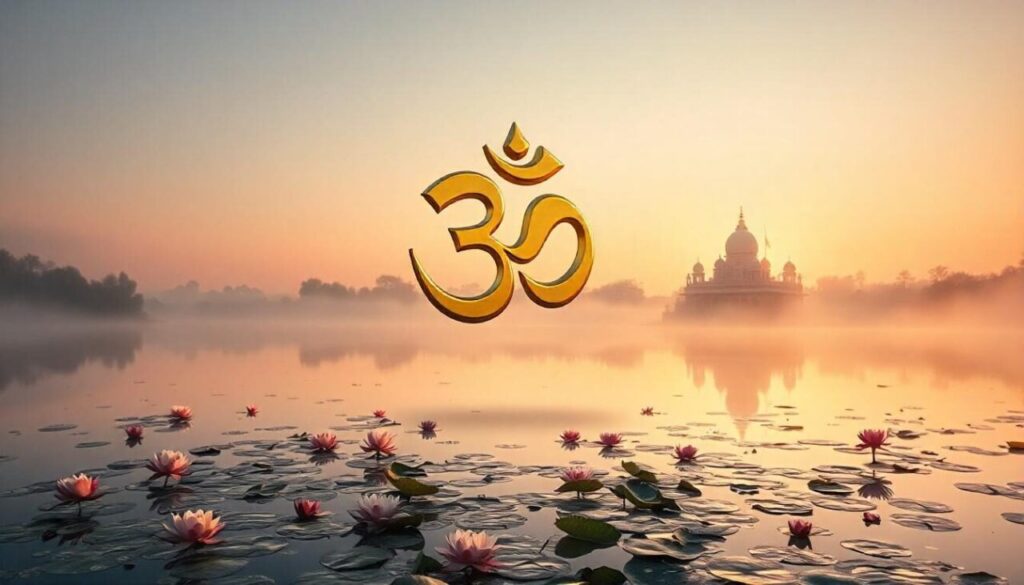
Hinduism is the oldest living religion, with roots stretching back to the Indus Valley Civilization around 2300 BCE. It’s less a single faith than a family of traditions, united by common concepts like dharma (duty), karma (action and consequence), and moksha (liberation from rebirth).
What’s really interesting about Hinduism is its adaptability. Over thousands of years, it has absorbed and integrated countless local traditions and philosophies. This flexibility has allowed it to survive invasions, cultural shifts, and modernization.
The Bhagavad Gita, a central Hindu text, captures this adaptability perfectly. In it, the god Krishna advises the warrior Arjuna to fulfill his duty, even in the face of moral ambiguity.
This pragmatic approach to ethics has helped Hinduism remain relevant in a world that is constantly changing.
Interesting fact: The Rig Veda, one of Hinduism’s oldest texts, was composed over 3,000 years ago.
2. Zoroastrianism
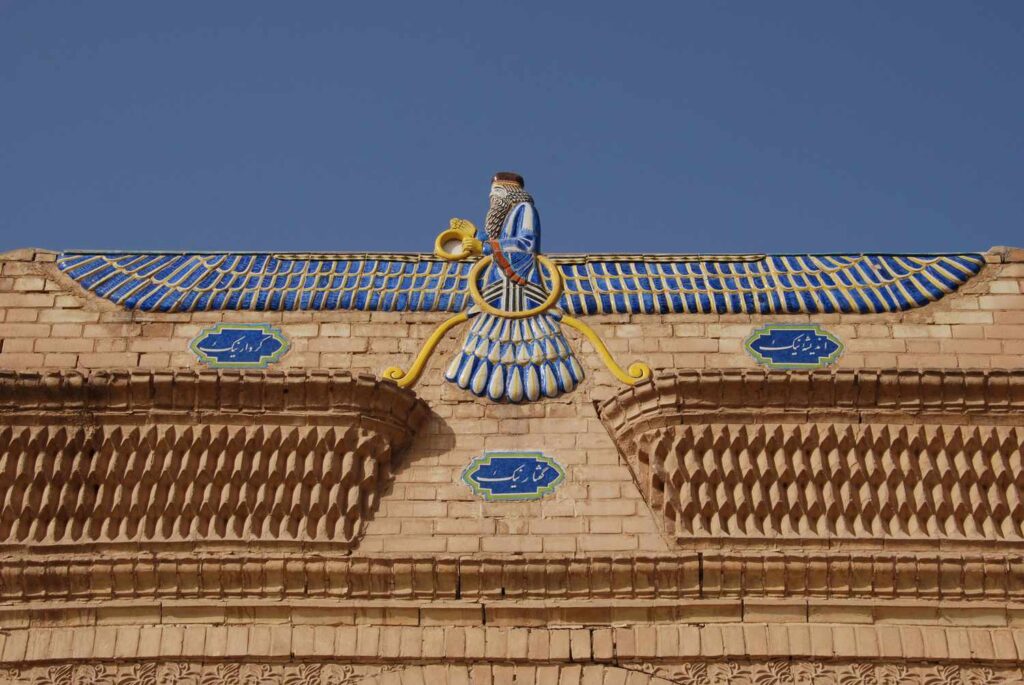
Zoroastrianism might not be as well-known today, but in ancient times, it was one of the most powerful religions in the world. Founded by the prophet Zoroaster (or Zarathustra) in Persia around 1200 BCE, this faith introduced ideas that later influenced Judaism, Christianity, and Islam.
Zoroastrians believe in one god, Ahura Mazda, who represents truth and goodness. Opposing him is Angra Mainyu, a force of chaos and evil. By that analogy, life is a constant battle between these two forces, and every person has a role to play. Therefore, the sacred texts, known as the Avesta, guide followers on how to live righteously.
One of Zoroastrianism’s most interesting traditions is the use of fire in worship. Fire represents purity and divine light, and temples still keep sacred flames burning nonstop, just as they did thousands of years ago.
Interesting fact: Ancient Persian kings, including Cyrus the Great, followed Zoroastrian beliefs. Cyrus was famous for allowing conquered peoples, like the Jews in Babylon, to practice their own religions freely.
3. Judaism

Judaism is one of the oldest monotheistic religions, tracing its origins back over 3,000 years. According to tradition, it began when God made a covenant with Abraham, promising that his descendants would become a great nation.
The Jewish faith is built on the Torah, the first five books of the Hebrew Bible. These texts contain laws, history, and moral teachings that have guided Jewish communities for millennia.
Over time, Jewish scholars developed additional writings, such as the Talmud, which provided further interpretations and guidelines for daily life.
Unlike Hinduism, which evolved over time, Judaism has been shaped by historical events—wars, exiles, and migrations.
And, despite centuries of persecution, Jewish traditions have survived, carried from ancient Israel to every corner of the world. Today, Judaism continues to thrive, with synagogues and religious practices deeply rooted in history.
Interesting fact: The Dead Sea Scrolls, discovered in the 1940s, contain some of the oldest known Jewish texts, dating back over 2,000 years.
4. Shinto

Shinto is Japan’s native religion, and unlike many others, it has no holy book, no strict doctrine, and no founder. Instead, it is a collection of ancient rituals, myths, and practices that connect people to the kami—spirits or deities that inhabit nature.
Shinto beliefs are deeply tied to the natural world. Mountains, rivers, trees, and even certain people can be considered kami. Shinto shrines, often marked by torii gates, are scattered throughout Japan, offering a place for people to honor these spirits.
Rituals involving purification, offerings, and festivals celebrate the connection between humans and the spiritual world.
Although Shinto has been around for over 2,000 years, it remains deeply interconnected only in Japanese culture.
Actually, many traditions, from sumo wrestling to the emperor’s coronation ceremonies, trace their roots to Shinto beliefs.
Interesting fact: Japan’s famous Ise Grand Shrine is rebuilt every 20 years, following an ancient custom that has continued for over 1,300 years.
5. Buddhism
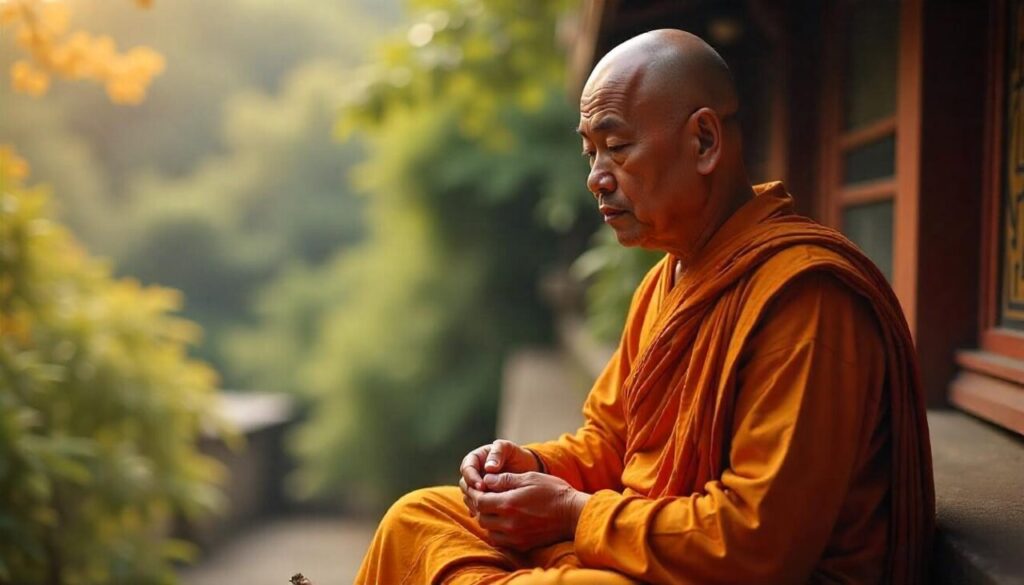
Buddhism began over 2,500 years ago with Siddhartha Gautama, a prince from modern-day Nepal. Troubled by human suffering, he renounced his royal life and set out in search of wisdom.
After years of meditation, he reached enlightenment and became the Buddha, or “Awakened One.”
Buddhists believe in the Four Noble Truths, which teach that suffering is part of life but can be overcome through the Eightfold Path—a guide to ethical living, meditation, and wisdom.
Unlike many religions, Buddhism doesn’t focus on a creator god but instead emphasizes personal spiritual growth and enlightenment.
Buddhism spread far beyond India, taking root in China, Japan, Tibet, and Southeast Asia. Over time, different schools developed, such as Theravāda, Mahāyāna, and Vajrayāna, each with its own interpretations of the Buddha’s teachings.
Interesting fact: The Dalai Lama, one of the most well-known Buddhist figures today, is believed to be the reincarnation of past Tibetan spiritual leaders, a tradition that has continued for centuries.
6. Jainism
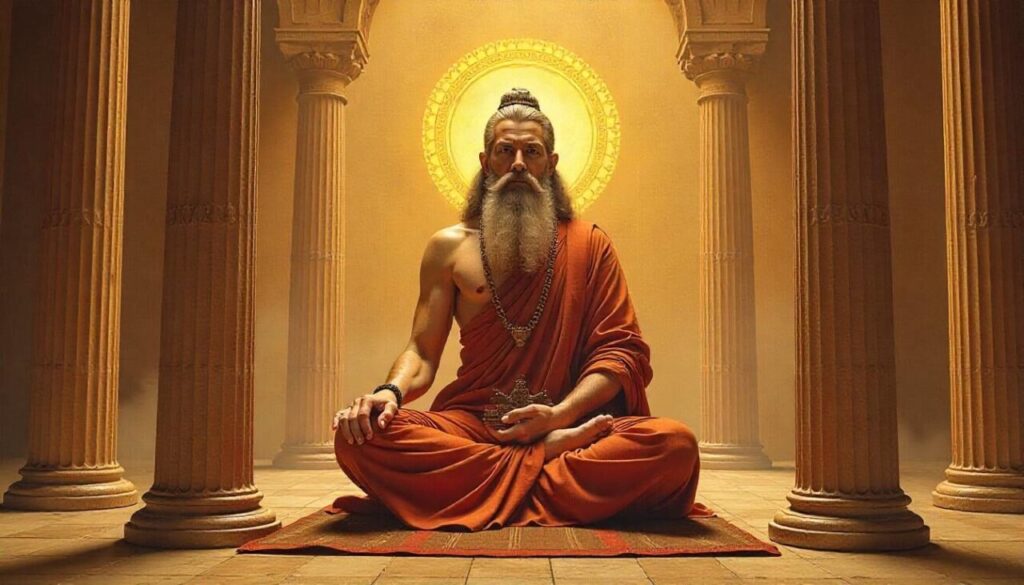
Jainism originated around the same time as Buddhism, over 2,500 years ago. It teaches that the path to enlightenment comes through nonviolence, self-discipline, and renunciation of worldly possessions.
The central principle is ahimsa—absolute nonviolence. This is why devout Jains often wear masks to avoid accidentally harming insects.
Jains believe in karma and reincarnation, similar to Hinduism and Buddhism. However, they emphasize extreme asceticism, with some monks even forgoing clothes as part of their devotion. The religion’s main texts, the Agamas, guide Jains on how to live a life free from harm.
Interesting fact: Mahavira, the most important Jain teacher, was a contemporary of the Buddha and preached a life of strict asceticism and nonviolence.
7. Confucianism
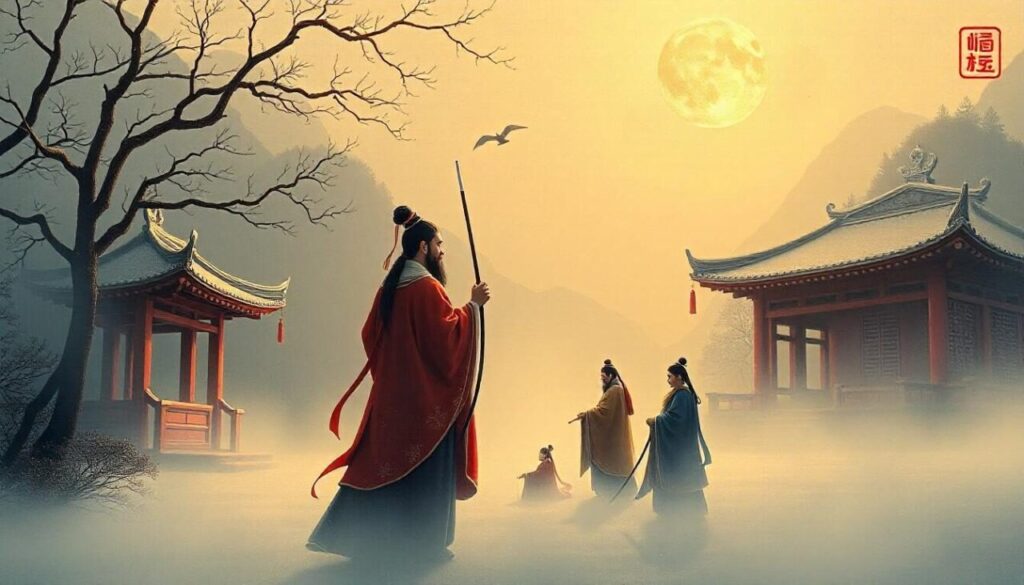
Confucianism is actually more of a philosophy than a religion, but its influence on East Asia has been huge. Founded by Confucius in the 6th century BCE, it emphasizes morality, social harmony, and respect for tradition.
Confucian teachings focus on ethics, duty, and family values. The key text, the Analects, records Confucius’ conversations with his students.
Unlike many religions, Confucianism does not focus on the afterlife. Instead, it teaches that a well-ordered society and virtuous living are the ultimate goals.
Interesting fact: China’s civil service exams were based on Confucian principles for over 1,000 years, shaping government policies and education.
8. Taoism
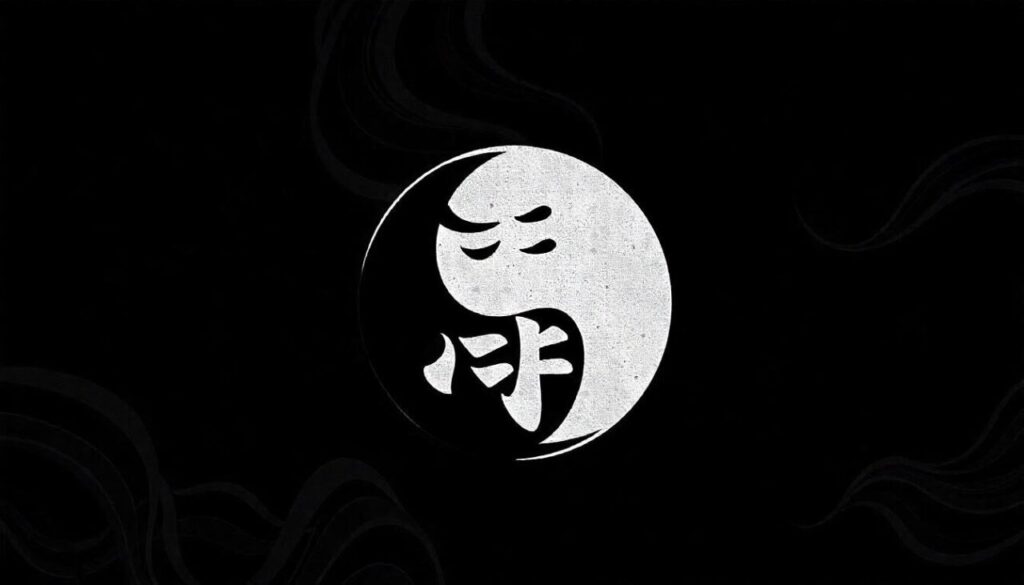
Taoism, founded in China around 500 BCE, teaches harmony with nature and the flow of the universe, known as the Tao. The key text, the Tao Te Ching, written by Laozi, offers poetic wisdom on how to live simply and in balance.
Taoists believe in wu wei, or effortless action, meaning one should move with the natural order instead of forcing things. Many Taoist traditions also include alchemy, meditation, and martial arts.
Interesting fact: Tai chi, a popular Chinese martial art, has its roots in Taoist philosophy.
9. Christianity

Christianity emerged from Judaism around 2,000 years ago, centered on the teachings of Jesus Christ. It teaches that Jesus is the Son of God and that his death and resurrection offer salvation. The Bible, composed of the Old and New Testaments, is its central scripture.
Christianity spread rapidly through the Roman Empire and became the world’s largest religion. Today, it has around 2.4 billion followers worldwide and it is the largest religion in the world.
Interesting fact: The Roman Emperor Constantine legalized Christianity in 313 CE, leading to its massive expansion.
10. Islam

Islam, founded by the Prophet Muhammad in the 7th century CE, is the youngest of the major religions. Its holy book, the Quran, is believed to be the word of God as revealed to Muhammad.
Islam teaches submission to Allah and follows the Five Pillars, including prayer, fasting, and charity. It quickly spread across the Middle East and beyond, becoming one of the world’s largest faiths.
Interesting fact: The Quran has remained unchanged in Arabic since it was first compiled in the 7th century.




























